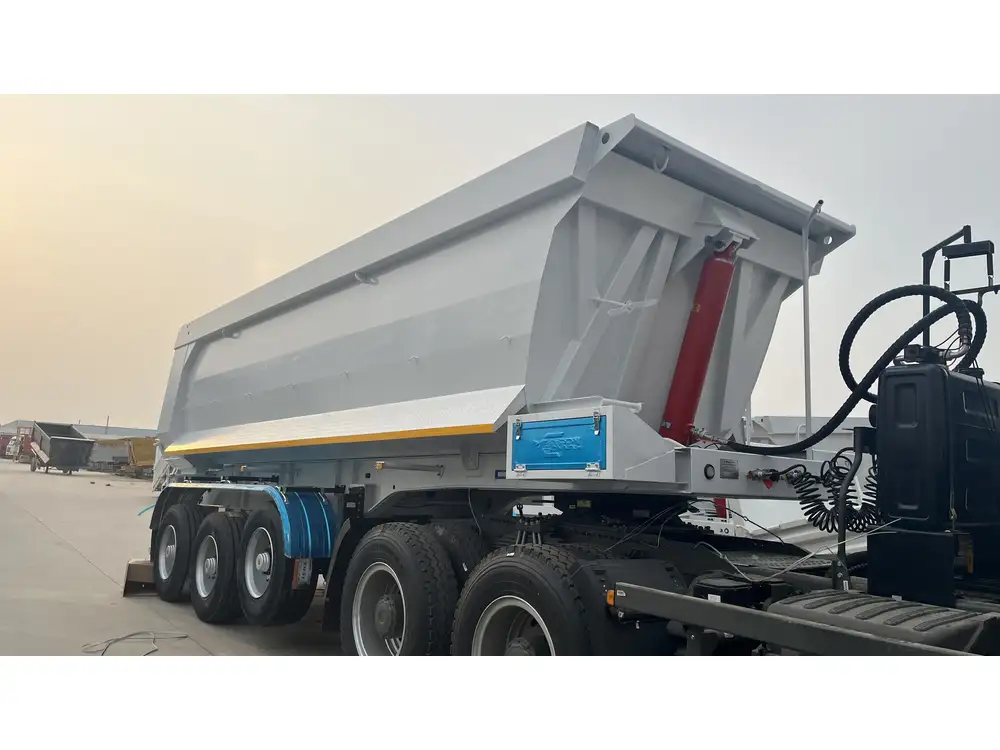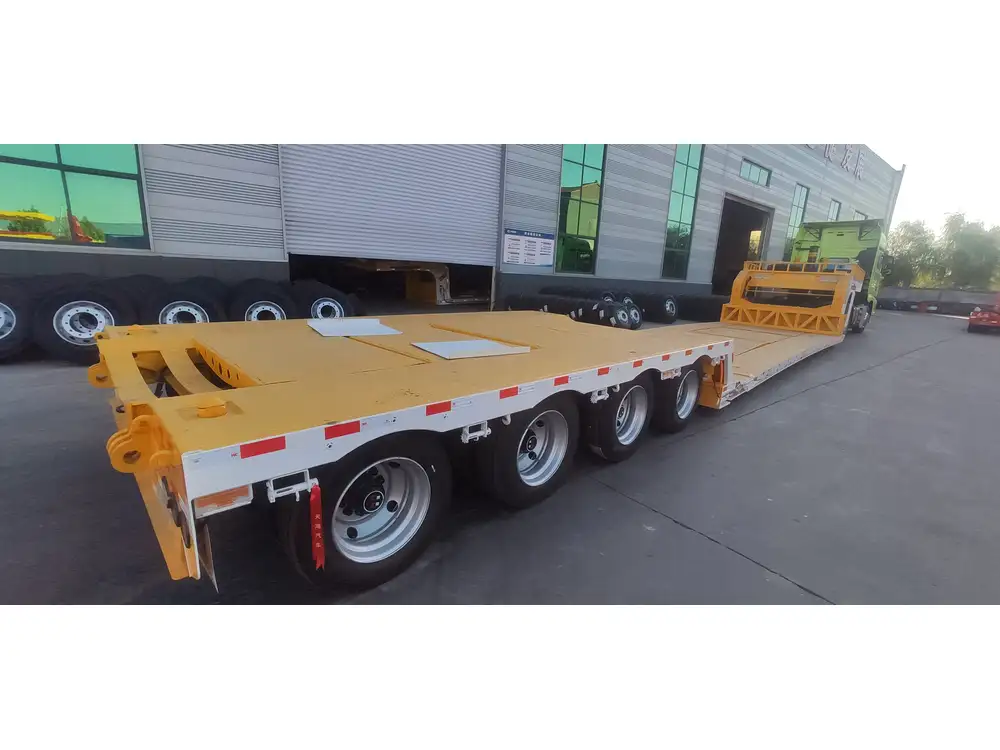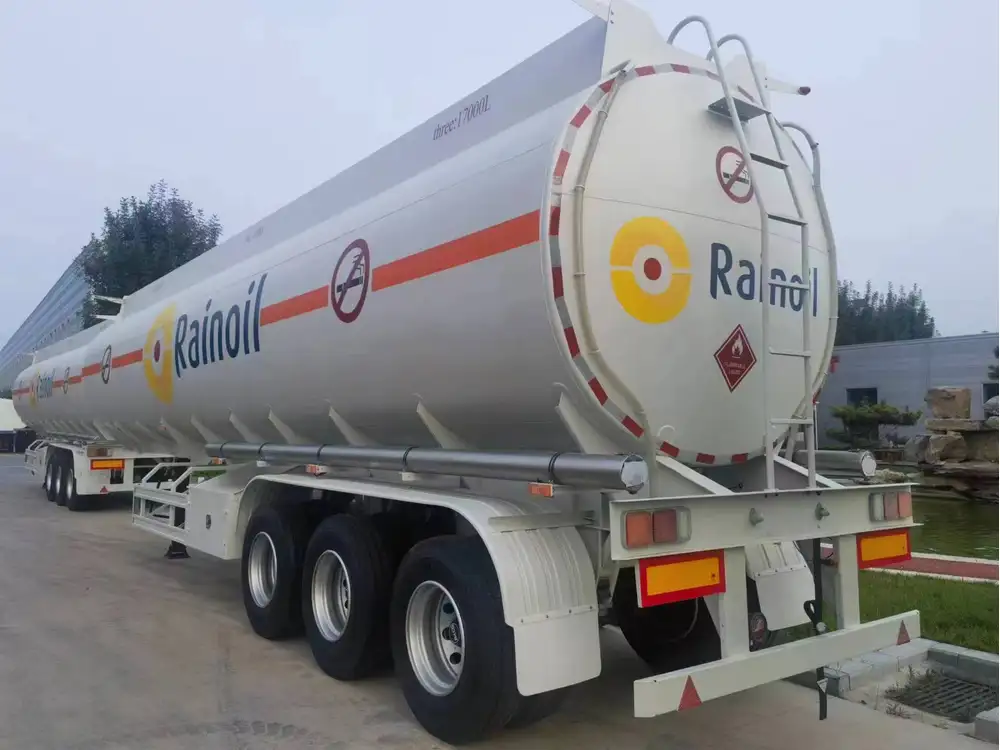Changing the kingpin on a Benson flatbed trailer is not merely a routine maintenance task; it is an essential procedure that ensures the safety, efficiency, and longevity of your trailer. This in-depth guide is aimed at providing you with the necessary steps, tools, and insights required to execute this crucial task effectively.
Understanding the Kingpin
The kingpin serves as the central pivot point of the trailer, connecting it to the fifth wheel of the truck. It withstands significant pressure during towing, therefore, any wear and tear can lead to severe consequences, including accidents. Before diving into the replacement process, let’s briefly examine why changing the kingpin is vital.
| Importance of a Kingpin |
|---|
| Provides stability during towing |
| Reduces strain on the fifth wheel |
| Enhances maneuverability |
| Ensures compliance with safety standards |
Signs of a Worn Kingpin
Recognizing the telltale signs of a failing kingpin is crucial for ensuring safety and functionality. Some indications that it may be time for a replacement include:
- Excessive play or movement between the kingpin and the fifth wheel
- Visible wear or damage on the kingpin
- Unusual noise during trailer operation
- Increased vibration while towing
If you observe any of these issues, it’s imperative to change the kingpin before they escalate into more significant problems.

Tools and Safety Equipment Required
Before proceeding with the replacement process, gather the necessary tools and safety equipment. This will ensure efficiency and safety throughout the operation.
Tools Needed:
- Hydraulic jack or trailer jack
- Kingpin removal tool (if necessary)
- Hammer
- Wrenches and sockets (specific sizes depend on the kingpin setup)
- Torque wrench
- Measuring tape
Safety Equipment:
- Safety gloves
- Safety glasses
- Steel-toed boots
- Reflective vest
- Adequate lighting for your workspace

Step-by-Step Guide to Changing the Kingpin
Follow this structured guide, ensuring that you adhere to safety protocols at every stage.
Step 1: Prepare the Trailer
Ensure the trailer is on stable ground. Engage the brakes and ensure the trailer cannot roll. If you’re using a hydraulic jack, place it under the trailer frame, ensuring it is securely positioned.
Step 2: Release the Kingpin
To remove the kingpin, you may need to disengage any locking mechanisms associated with it. Utilizing the appropriate wrench, loosen and remove any nuts or bolts securing the kingpin assembly. Once loose, you can begin to slide the kingpin out of its position.

Step 3: Inspect the Fifth Wheel
Before installing the new kingpin, thoroughly examine the fifth wheel for any signs of wear or damage. A damaged fifth wheel can lead to improper kingpin performance, resulting in safety issues. Clean any debris or build-up around the collar and area where the kingpin resides.
Step 4: Measure the New Kingpin
Upon acquiring a new kingpin, measure it against the old one to ensure proper sizing. The diameter and length must match to guarantee fitment and functionality. This step is crucial; an incorrect size could lead to significant malfunctioning.
Step 5: Install the New Kingpin
Begin to slide the new kingpin into place. Ensure that it aligns perfectly with the fifth wheel and secure it using the same nuts and bolts removed earlier. The torque specifications are critical at this point. Refer to the trailer’s service manual for precise torque values. Under-tightening or over-tightening can lead to premature wear or failure.
| Torque Specification | Details |
|---|---|
| Kingpin bolts | [Insert Value] |
| Kingpin assembly | [Insert Value] |

Step 6: Reconnect Any Locking Mechanisms
Make sure to engage any locking mechanisms associated with the kingpin. This is fundamental for ensuring that the kingpin remains secure during operation. Double-check all connections and tighten as needed.
Step 7: Test the Trailer
Once the new kingpin is installed and locked in place, lower the trailer back to the ground. Carefully inspect the area again to confirm proper assembly, ensuring nothing is out of place. Conduct a slow test drive of the trailer to check for any unusual movements or noises. If everything operates smoothly, you have successfully performed the replacement.
Step 8: Conduct Regular Maintenance
To prolong the life of the new kingpin, regular inspections and maintenance are key. Develop a routine to check not only the kingpin but also other trailer components like brakes, suspension, and tires for overall safety and performance.

Additional Tips and Best Practices
In addition to the steps outlined, consider the following tips to optimize your kingpin replacement experience:
- Consult the Manufacturer’s Manual: Always refer to your specific Benson flatbed trailer manual for model-specific information concerning kingpin specifications and procedures.
- Work with a Buddy: Having an additional person can be beneficial, especially when handling heavy equipment.
- Use Quality Parts: Opt for OEM (Original Equipment Manufacturer) kingpins or reputable aftermarket alternatives to ensure quality and longevity.
- Document Your Process: Keeping records of maintenance, including kingpin replacements, can be invaluable for future reference and resale purposes.
Preemptive Measures and Frequently Asked Questions
How Often Should You Change the Kingpin?
The lifespan of a kingpin can vary significantly based on trailer use and maintenance. Generally, it is advisable to inspect the kingpin every six months and replace it every 50,000 to 100,000 miles, depending on your trailer’s load and conditions.

Can I change the kingpin myself?
While it is possible for an experienced individual to change the kingpin independently, professional assistance is recommended for those unfamiliar with trailer mechanics. Incorrect installation can lead to severe safety hazards.
What if the new kingpin does not fit?
If you encounter fitting issues, reassess the measurements taken earlier. It’s crucial to ensure that part numbers match. If problems persist, consult with your supplier or a professional mechanic for resolution.
Conclusion
Changing the kingpin on a Benson flatbed trailer is an essential procedure that requires attention to detail, adherence to safety protocols, and a methodical approach. By following this comprehensive guide, you can enhance your trailer’s performance while ensuring the safety of your operations. Regular maintenance and inspections will not only extend the lifespan of your kingpin but also safeguard your assets and contribute to overall efficiency on the road. Whether you’re a fleet manager or an independent operator, investing the time into properly replacing and maintaining your kingpin will yield significant returns in safety and reliability.



